About 40 students from eight Illinois high schools gained confidence in a competition that promised challenges, trophies and bragging rights.
Tag: transportation systems
Students rev their engines for biggest heat of the year at Argonne’s Middle School Electric Car Competition
Fourteen teams from 11 schools, including seven schools new to the competition, gathered at Argonne to race. They also learned about teamwork, competition, engineering and problem-solving.
Electric vehicle drivers can estimate their personalized fuel savings with new Argonne tool
Argonne National Laboratory’s new tool lets drivers estimate personalized fuel savings for electric vehicles, based on local factors.
A new approach to transportation: Pairing off-street parking with electric scooters
A pilot program led by Argonne and the Civic Infrastructure Collaborative uncovers a fun and creative way to make urban transportation more environmentally friendly.
Media Tip: Argonne tool helps map out where to develop clean energy infrastructure
The Geospatial Energy Mapper (GEM) from the U.S. Department of Energy’s Argonne National Laboratory is an interactive online mapping tool with an extensive catalog of mapping data for energy planning.
FAU Experts for the 2023 Hurricane Season
With the 2023 Atlantic hurricane season officially starting on June 1 and ending Nov. 30, several Florida Atlantic University faculty experts are available to discuss various issues surrounding hurricane preparedness, evacuation and aftermath.
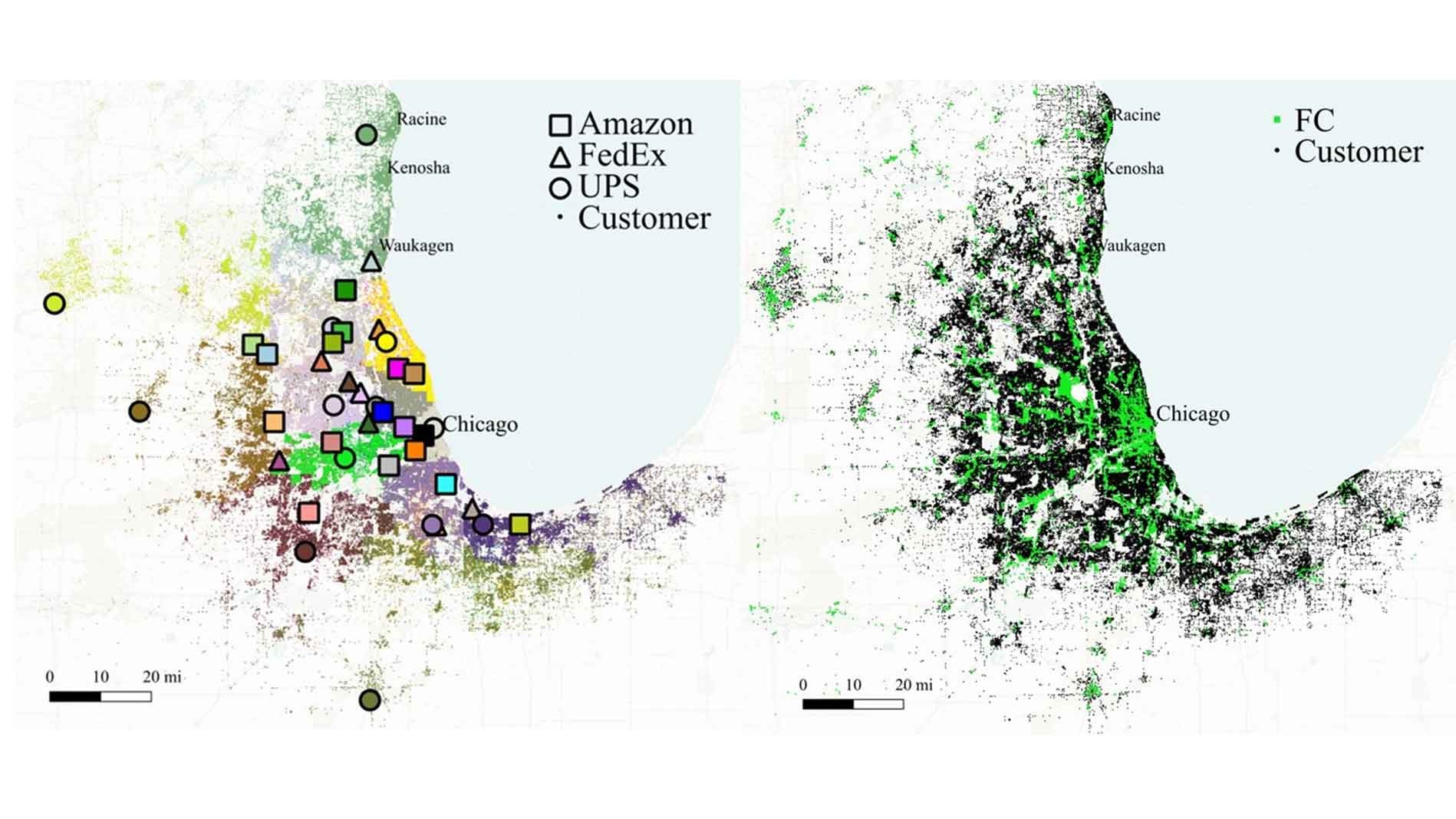
Argonne drops data on the question of efficient drone use for e-commerce deliveries
New models developed by Argonne can help industry discover the energy impact of drone delivery for e-commerce goods. A new study focuses on drone energy consumption compared to using conventional diesel trucks and battery-operated electric vehicles.
5 Ways Argonne is driving auto innovation
Spotlighting Argonne innovations in electric vehicles during the Chicago Auto Show.
Spinoff from Argonne-led innovation hub opens new frontier for batteries
Innovative battery material originally discovered by the Joint Center for Energy Storage Research enables the successful trajectory of California-based Blue Current.
Argonne and Oak Ridge national laboratories collaborate with Wabtec on hydrogen-powered trains to decarbonize rail industry
Argonne and Oak Ridge national labs have entered into CRADAs with Wabtec, to study hydrogen as an alternative to diesel fuel in the rail industry.
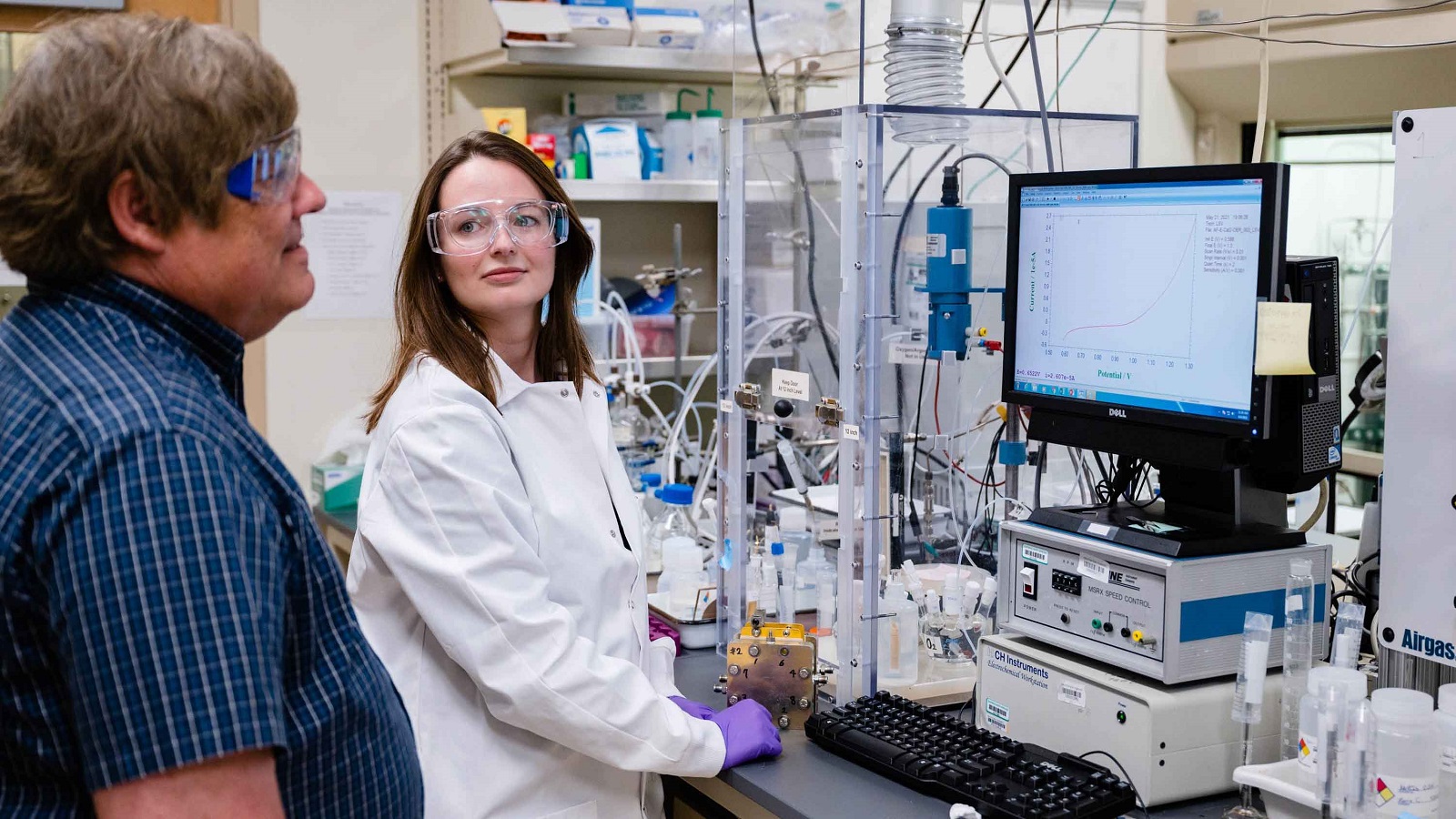
Entrepreneurship program at Argonne National Laboratory opens applications for startups
Chain Reaction Innovations, the entrepreneurship program at Argonne National Laboratory, is accepting applications for its next fellowship cohort.
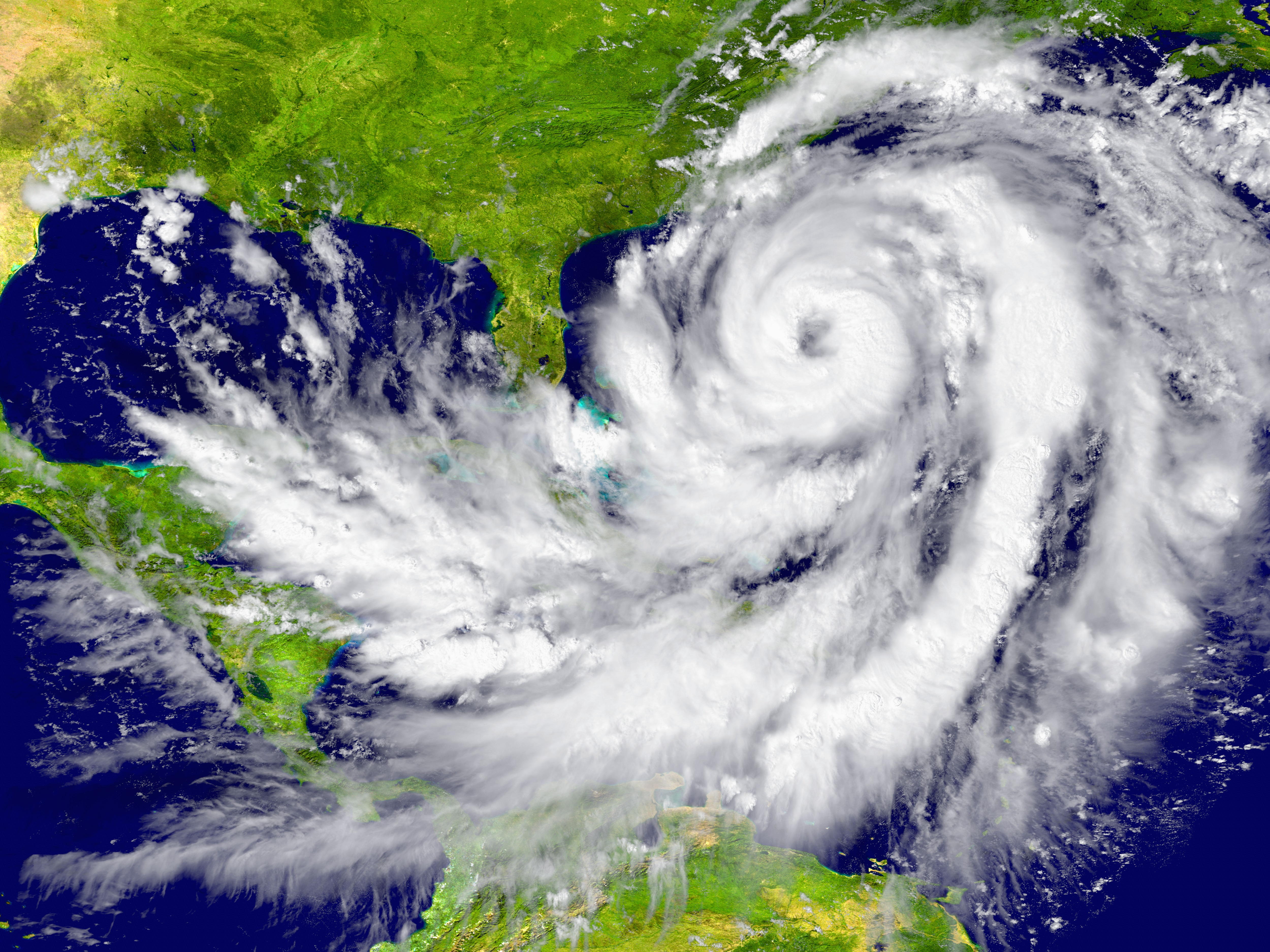
FAU Experts for the 2022 Hurricane Season
With the 2022 Atlantic hurricane season forecast to be above average activity with a higher probability of major hurricanes making landfall along the continental U.S. coastline, several FAU faculty experts are available to discuss various issues surrounding hurricane preparedness, evacuation and aftermath.
Forward-thinking white paper charts R&D path to give electric aviation industry wings
U.S. Department of Energy’s (DOE) Argonne National Laboratory, DOE’s Vehicle Technologies Office (VTO), National Aeronautics and Space Administration (NASA) Glenn Research Center and other experts aim to make electric aviation a reality.
Biofuels offer a cost-effective way to lower shipping emissions
Substituting biofuel could reduce the amount of greenhouse gases and other pollutants entering the air from ocean shipping, according to a study from researchers at the U.S. Department of Energy and Department of Transportation.
How Argonne research is illuminating how energy costs vary nationwide
Research at Argonne National Laboratory is helping to illuminate how energy costs vary throughout the United States.

Building a better traffic forecasting model
Researchers from Argonne have developed a new way to accurately forecast traffic and proved that it could work using as their model the California highway system, the busiest in the United States.
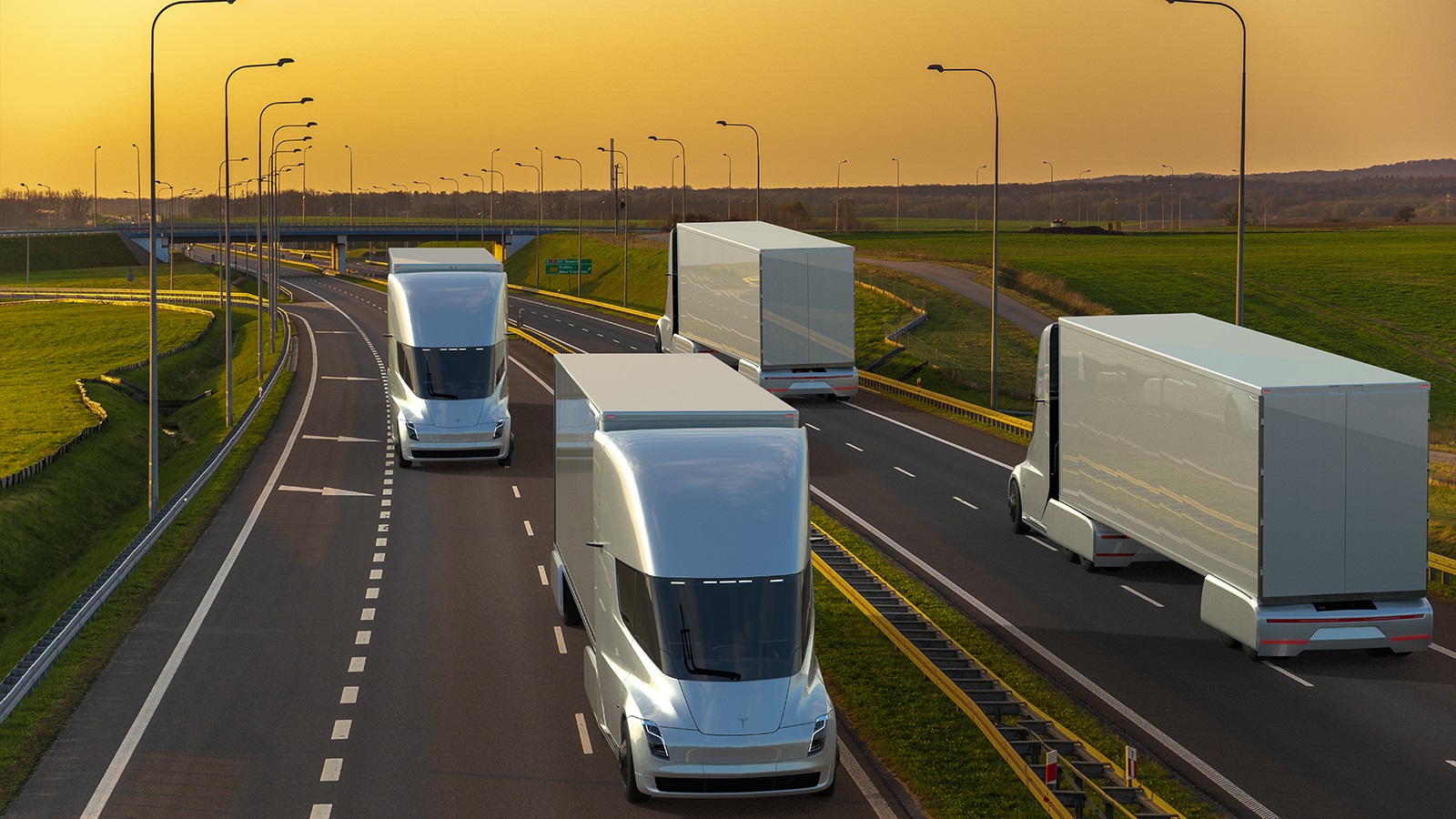
Could Argonne’s mini nuclear reactor solve the e-truck recharging dilemma?
Electric semitrucks could revolutionize the transportation industry. But not until a convenient source of electricity is found. Could mini nuclear reactors at rest stops solve this problem?
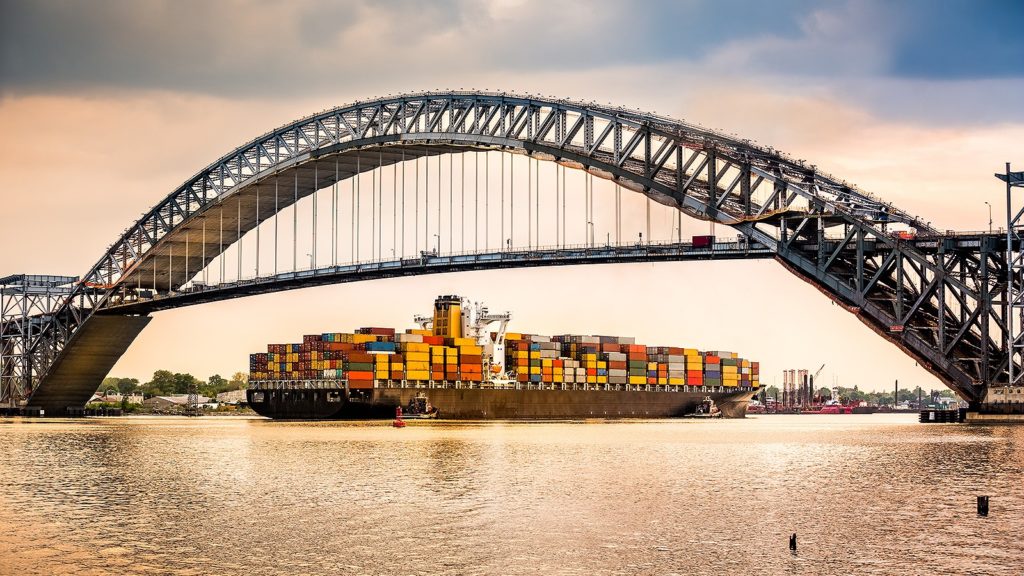
Big trucks, little emissions
Researchers reveal a new integrated, cost-efficient way of converting ethanol for fuel blends that can reduce greenhouse gas emissions.